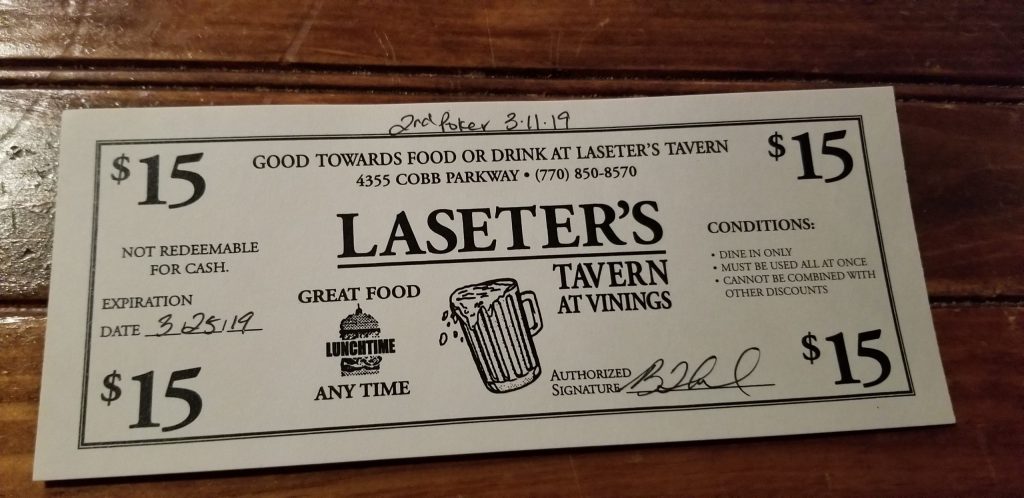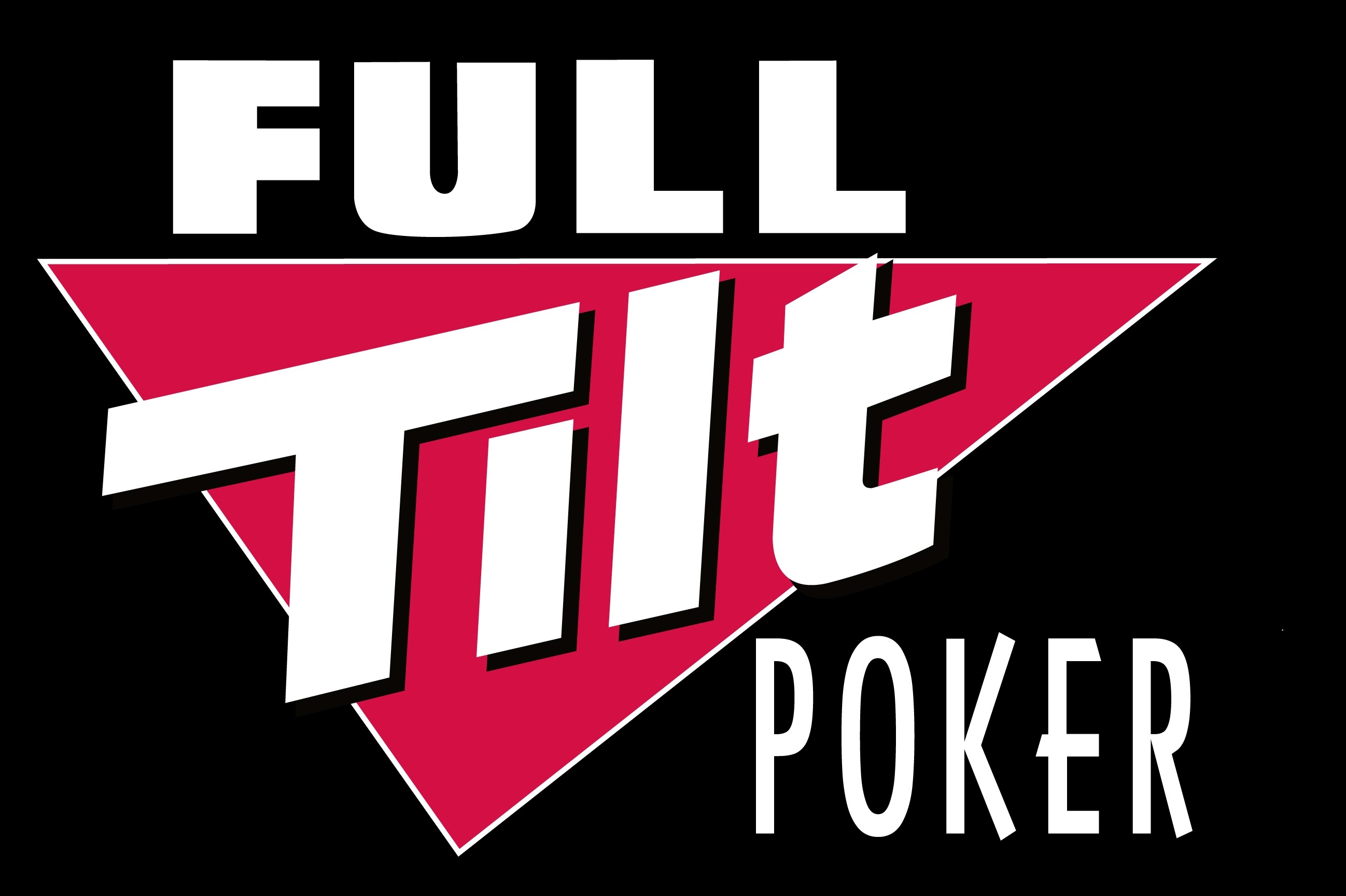
Poker pro Ryan D'Angelo gives some advice for beginning rebuy tournament players, including tips on the necessary bankroll and suggestions for how to play ba.
- Rebuy And Add-ons. What is a Re-Buy? Re-buy feature is applicable for tournaments on Adda52.com which allows a player to rebuy chips in a tournament when their chips go below a threshold through Instant Rebuy (explained below) OR when the player has lost all his chips through system giving Rebuy option and Auto Rebuy option to user (explained Below).
- Many people have different strategies for rebuy tournaments, and I think that people should use whatever is comfortable for them. I have tried different strategies from not playing any hands during the rebuy period, to playing and raising almost every hand during the rebuy period, and everything in-between.
Nlhe Poker Tournament Strategy
Rebuy tournaments, during which players can buy more chips during the first hour of play, are becoming an increasingly popular tournament format online. There are several strategy considerations specific to rebuy tournaments including the amount of risk to take during the ‘wild’ first hour, and the subsequent adjustments to deep-stacked tournament play during the ‘middle stages’. This article will look at rebuy tournaments and compare the strategy to the normal ‘freezeout’ format – where you get only a single stack of chips.
We will start by looking at the real cost of rebuy tournaments for players who seek a realistic chance of moving to the later stages. The importance of accumulating chips will be covered next, in comparison to freezeout tournaments. Finally adjustments to the relatively deeper stacks during the ‘middle stages’ of a rebuy tournament will be discussed.
The first hour of a rebuy tournament can be a crazy experience – with many players pushing all-in with a very wide selection of hands in an attempt to accumulate chips quickly. Those players looking to spend only a single buy-in and avoid risks will often find themselves the short-stack at the table very quickly. This means that the initial rebuy to double your stack and the willingness to rebuy if you lose chips are important considerations in order to stay competitive. In addition, most players will take the optional add-on at the end of the first hour – increasing their stacks still further. Not doing so could easily result in being left behind.
These considerations make the real cost of a rebuy tournament higher than the listed price. Usually a minimum of 3 to 5 buy-ins should be accounted for. So, for someone accustomed to freezeout tournaments with a $20 buy-in, a $5 rebuy tournament should be your target.
Player styles vary dramatically during the rebuy period. Some players will go all-in with virtually any two cards until they ‘get lucky’ and build a big stack. Others will play the opposite style – waiting for a big hand and hoping that an unobservant opponent will pay them off. While both strategies can work the money spent by wild players will only occasionally be worth the return. For those new to rebuys sticking to the middle ground of taking some risks (compared to freezeout tournaments) but seeking positive expectation situations in which to do this is suggested. This will hit the right balance between rebuying and accumulating chips.

While accumulating chips in the early stages is important in any tournament, in a rebuy tournament this is critical. The reason is that many players will be willing to rebuy many times, making the average stack size considerably larger in the later stages of the tournament. You will need to be competitive during this time, holding enough chips to effectively threaten opponents. Failing to accumulate chips will make the mid-stage very difficult indeed.
Rebuy Poker Tournament Strategy


One way to look at comparing a freezeout with a rebuy tournament is that the 2nd hour of a rebuy is equivalent to the 1st hour of the freezeout. Since the weaker players can rebuy they will still be present during the middle stages and the deep-stacked nature of the later stages mean that playable hands are the same as those for the early stages of a freezeout. With so many extra chips in play, deep stacked poker often lasts longer into the game – even excluding the rebuy hour – than in other tournaments.
During the rebuy hour you will have a chance to observe the tendencies of opponents. However, it is important not to generalize too much as the 2nd hour begins. Players will often completely change strategy when losing their stack will result in elimination. Some characteristics, such as over-valuing weak aces (for example), will often remain the same.
To summarise, rebuy tournaments involve loosening up during the early stages when compared to freezeouts. The reason is that you will need to accumulate chips to stay competitive and that the wild nature of many opponents will give you opportunities to get your chips into the pot while ahead. The deep stacked nature of the 2nd hour of a rebuy make your strategy equivalent to the early stages of a freezeout tournament. Good luck at the tables!